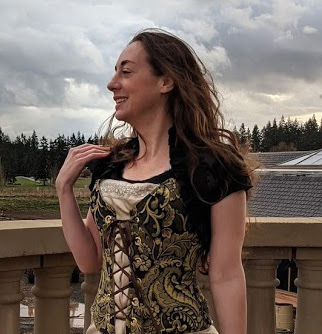Eight Tips on Researching History
By Milana Marsenich
When I first
offered to write Idaho Madams for Farcountry Press, in the interest of
fairness, I explained that I didn’t know how to research nonfiction. When they
said yes to my proposal, my stomach tumbled. I needed to learn how to research
history fast.
Many people offered
advice that I followed. Here are a handful of their
suggestions and things I learned along the way. I’m a western writer, so much
of this comes from that perspective.
1.
Go to the
libraries. Libraries are great
resources. Librarians will walk you through research sites, point out related
books, and help you find dissertations. Dissertations have valuable information
with sited sources. These sources can be added to your list of potential resources.
2.
Go to the
archives and historical societies.
Archives are amazing places. Look at the old newspapers. They’ll supply
stories, advertisements, pictures, sketches, opinions, all fascinating to look
through. If you can’t go, call them and ask for their help.
3.
Go to related
museums. Talk to people and listen to
their stories. Ask questions about the event you are researching. I called the
Oasis Brothel Museum in Wallace, Idaho to get a book on prostitution in the
late 1800s. They didn’t have the book, but they had something better: the
author’s telephone number. I called and left a message. He called right back. I
also went to the Oasis Brothel Museum. It was like a time capsule, undisturbed
from the moment the women fled out the back door to escape the law.
4.
If you can do it,
go to the area. Walk the streets and
alleys, especially in the older sections of towns. You’ll get a feel for the
land, town, or city. You’ll get a sense of the people who lived there. While
writing Idaho Madams, I went to Murray, Idaho by crossing Thompson Pass,
although not during a blizzard as Molly B’Damn had done. I went to a museum
dedicated to Molly B’Damn. I sat at the bar one morning and ate a jalapeno
cheeseburger, listening to the bar owner and one of his early customers tell
stories about Molly B’Damn Days, a yearly festival in Molly’s honor. I walked
around the small mining town and up to the cemetery where Molly is buried.
Molly was your quintessential madam with a heart of gold. The town still
reveres her. The feel of this area was a goldmine of information for me.
5.
Surround yourself
with photos of the area, people, and time.
This will help with details and generate a sense of time travel.
6.
Search websites such as Wikipedia, Ancestry.com, newspapers.com,
oldnews.com, myheritage.com. These webites can provide great information on
historical events and people.
7.
Know when to stop researching and start writing. It’s easy to get pulled
into the endless web of information.
8.
Finally, document
each resource as you go. This will save
a lot of future work, retracing your steps and recreating the list of sources
used.









0 comments:
Post a Comment